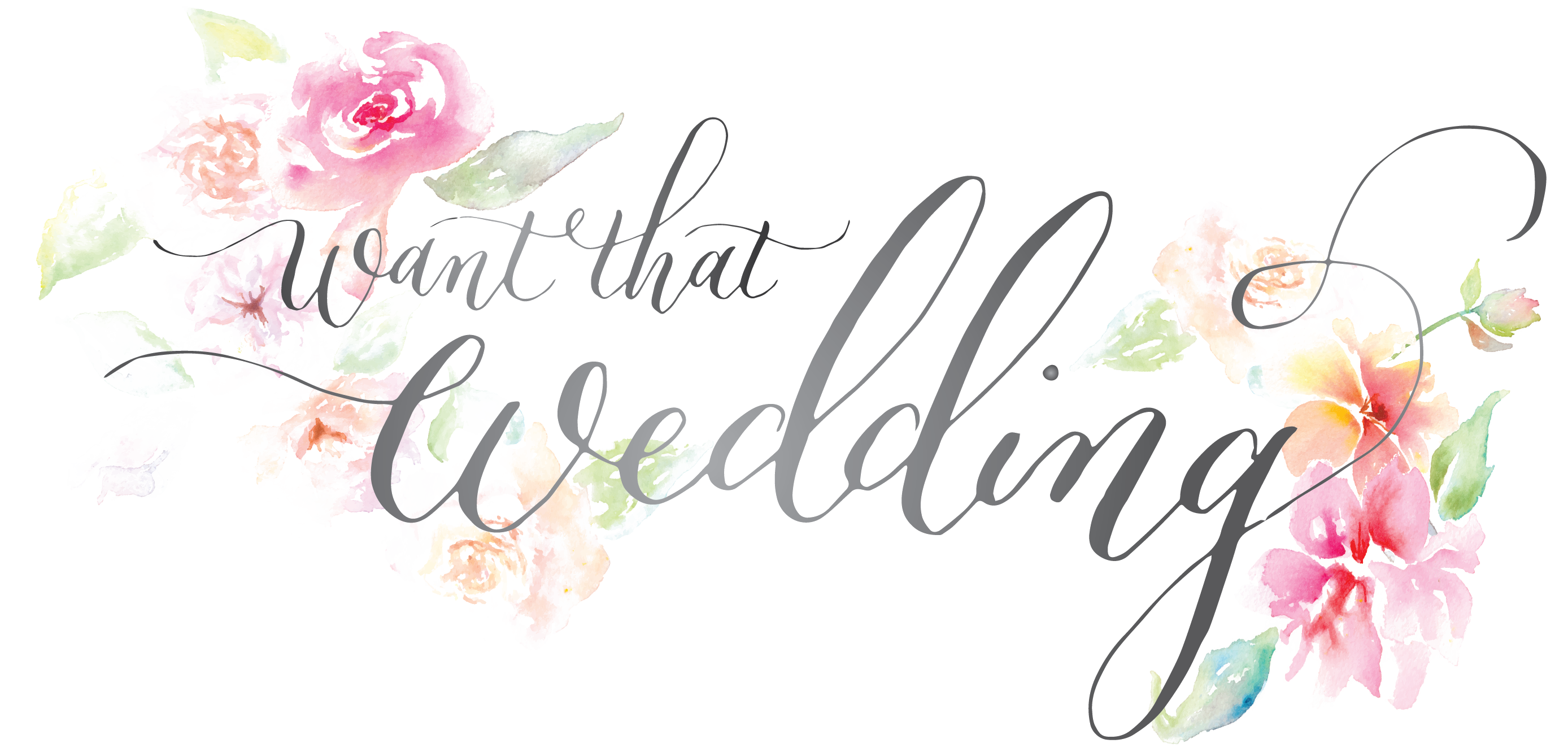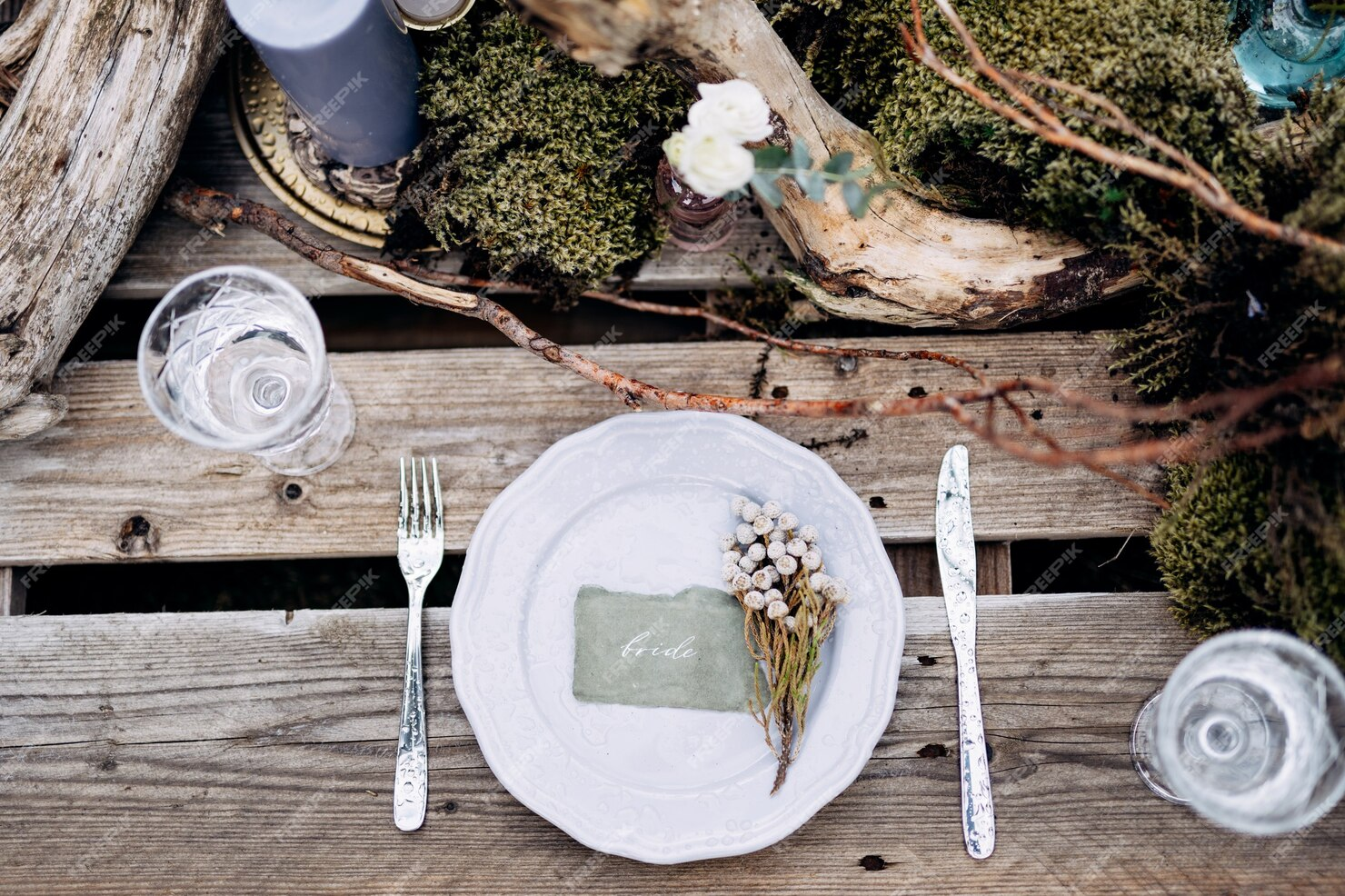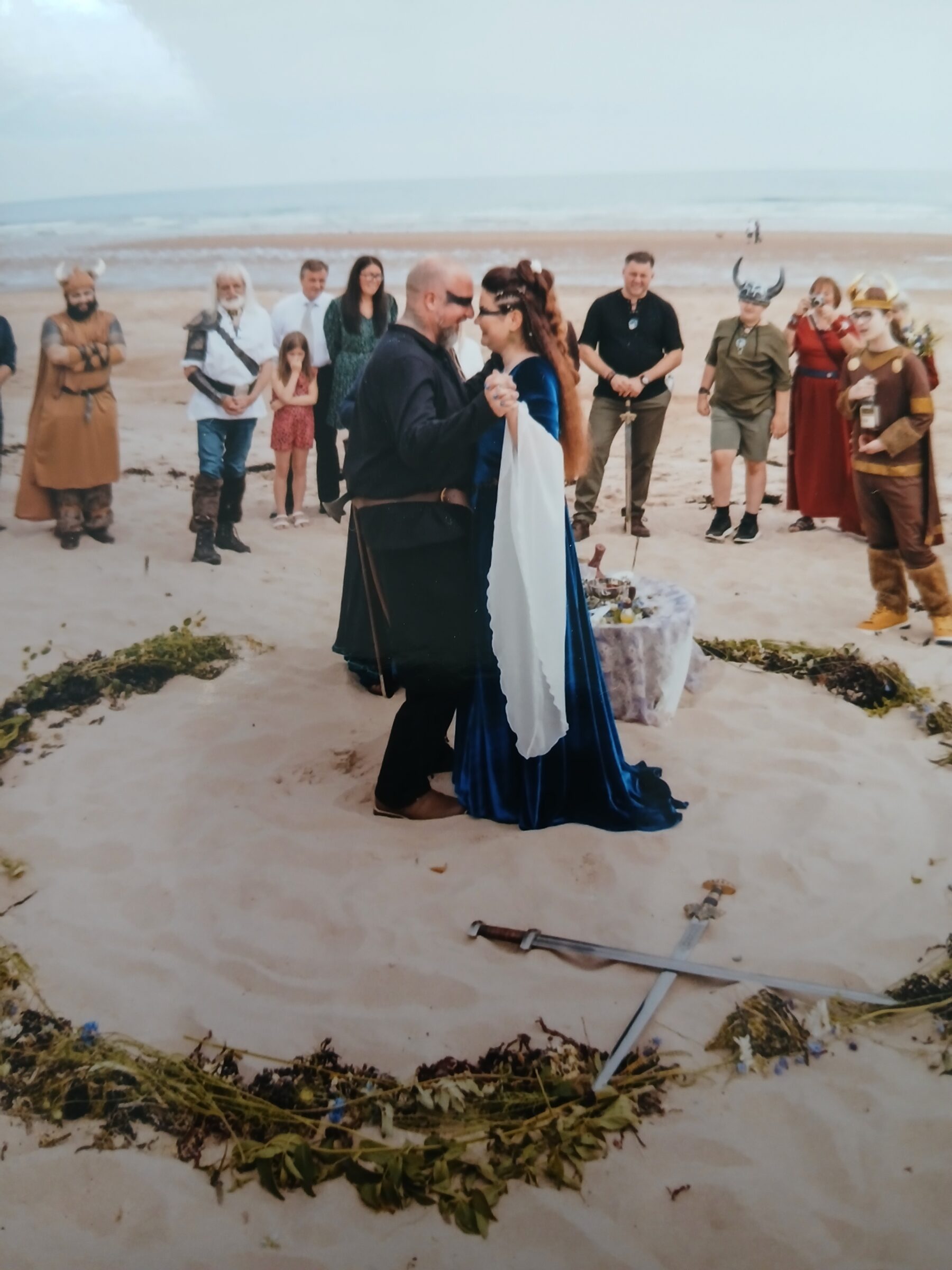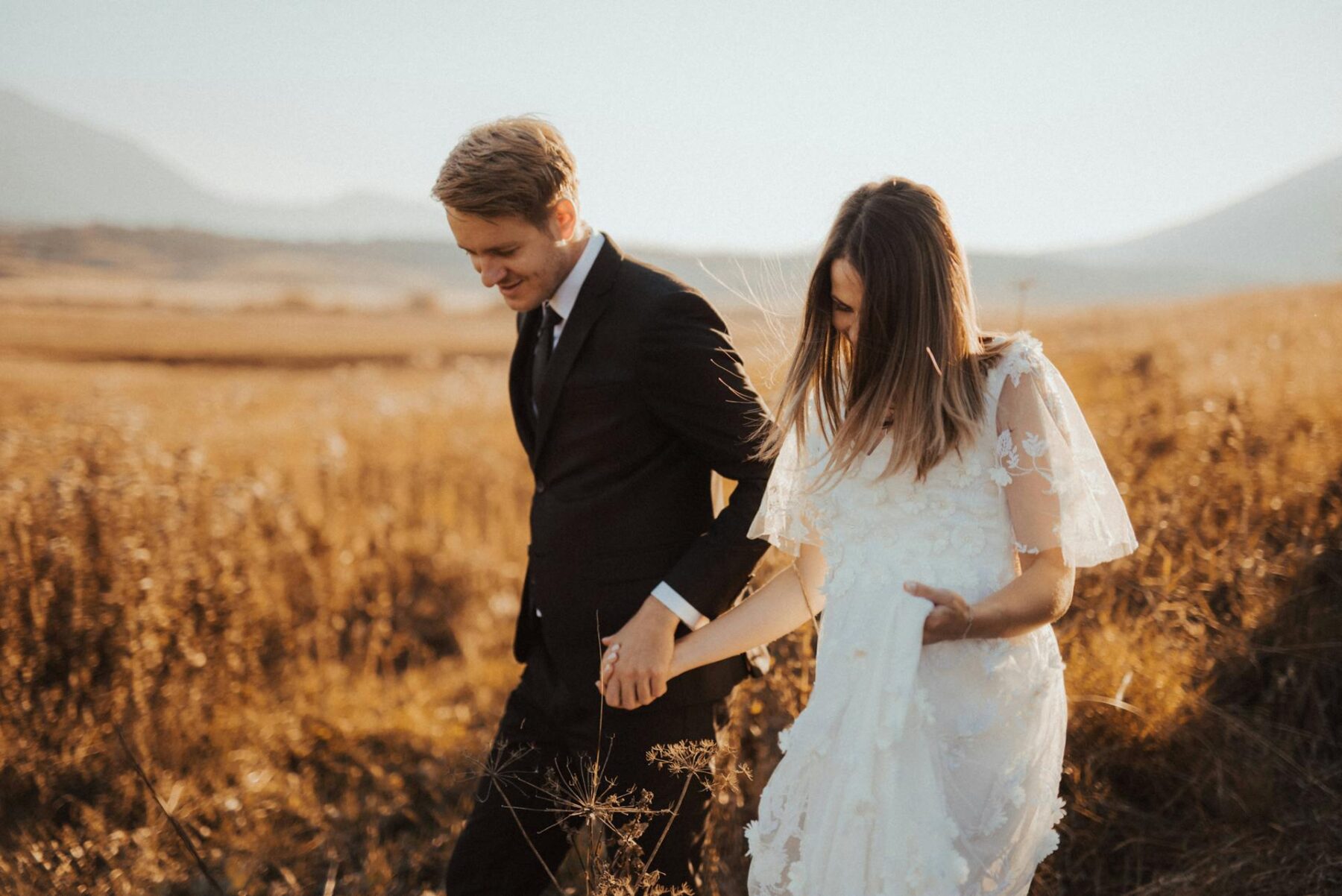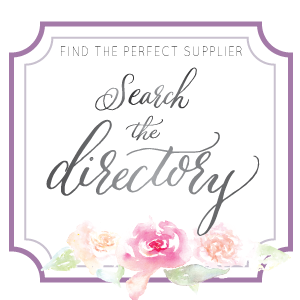Receiving an engagement ring is a meaningful gesture, symbolizing a commitment to your partner. The process of choosing the right diamond for this ring can be confusing for buyers. This guide from the Brisbane engagement ring specialists aims to offer a practical overview of important factors to consider when buying a diamond.
What is a Diamond?
Diamonds are natural crystals made entirely of carbon. They form deep within the Earth, typically at depths of at least 120 kilometers. Over millions of years, intense heat and pressure cause carbon to crystallize and gradually move to the Earth’s surface.
What sets diamonds apart is their exceptional hardness, making them impervious to scratches from anything other than another diamond. This remarkable durability is one of the compelling reasons why diamonds are the go-to choice for engagement rings in the world of gemstones.
The Shapes of Diamonds
While round (round brilliant cut) diamonds are easily most popular diamond shape, there are still many other shapes to consider. Below is a quick breakdown of each:
- Round Diamonds (Round Brilliant Cut): Round diamonds are timeless and known for their unmatched sparkle. Their classic, symmetrical shape makes them the most popular choice for engagement rings.
- Princess (Square): The princess cut features a perfect square shape, radiating modern elegance. With sharp corners and brilliant facets, it’s a popular choice for those who appreciate a contemporary look.
- Pear: Pear-shaped diamonds combine the beauty of a round and marquise shape, creating a teardrop-like appearance. They are elegant and unique, often chosen for their graceful look.
- Oval: Oval diamonds elongate the finger and offer a more distinctive alternative to the round shape. They’re favored for their timeless appeal and dazzling brilliance.
- Cushion: Cushion-cut diamonds are characterized by their softly rounded corners and classic, vintage charm. They provide a unique blend of brilliance and timeless elegance.
- Heart: Heart-shaped diamonds symbolize love and romance. These diamonds are a perfect choice for those who want to make a meaningful statement with their jewelry.
- Radiant: Radiant diamonds are known for their brilliant sparkle and square or rectangular shape. They offer a harmonious blend of the classic and contemporary.
- Marquise: Marquise diamonds have an elongated, boat-like shape, making them appear larger and elegant on the finger. They are often chosen for their regal appearance.
- Emerald: Emerald-cut diamonds are known for their clean lines and elongated rectangular shape. They prioritize clarity over sparkle, creating a striking window-like effect.
- Asscher: Asscher-cut diamonds have a square shape with clipped corners. They offer a distinctive and art deco-inspired appearance, making them popular in vintage and elegant designs.
The 4Cs of Diamonds
When purchasing a diamond, it’s essential to grasp the significance of the 4Cs—Carat Weight, Cut, Color, and Clarity. These factors collectively determine a diamond’s quality, appearance, and value. Let’s delve into each of them:
Carat Weight:
- Carat weight measures a diamond’s size.
- One carat equals 200 milligrams.
- Generally, larger carat weights yield larger and more valuable diamonds.
Cut:
- The cut of a diamond refers to its shape and how well it has been faceted.
- A well-cut diamond reflects light brilliantly and sparkles, while a poor cut can make even a large diamond appear dull.
Color:
- Diamond color is graded on a scale from D (colorless) to Z (light yellow or brown).
- The less color a diamond exhibits, the more valuable it tends to be.
- Colorless diamonds, graded D-F, are highly sought after for their pure and brilliant appearance.
Clarity:
- Clarity evaluates flaws both internal and external within the diamond.
- Clarity grades range from “Flawless” to “Included” (inclusions and blemishes visible to the naked eye).
- Diamonds with less inclusions are considered more valuable, as they exhibit greater transparency and brilliance.
Which Diamond Should You Select
Here are some things you should consider when selecting the perfect diamond to buy:
1. Size vs. Color vs. Clarity:
Determine your priorities. Are you more concerned about the diamond’s size, its color, or its clarity? This choice will help guide your selection.
2. Visual Appeal:
Your primary goal is to choose a diamond that captivates your visual senses. Can you differentiate between a D color and a G color? Are you able to perceive variations in carat weight, such as between a 0.75ct and a 0.80ct diamond, or between a 0.95ct and a 1.01ct?
3. No Right or Wrong:
Keep in mind that there are no absolute right or wrong answers. Your personal preferences should take precedence in your decision-making process. Honesty with yourself about what you can discern is vital when narrowing down your diamond choices.
4. Focus on the Diamond Itself:
Always remember that the diamond itself, not its paperwork, is what will be set into your engagement ring. Your final choice should revolve around the physical beauty and characteristics of the diamond.
Methods for Diamond Selection:
There are different approaches to finding the ideal diamond:
1. Independent Research:
Some individuals opt for thorough independent research. This involves understanding and identifying the diamond characteristics that matter most to them, including factors like carat weight, color, and clarity.
2. Budget-Focused Approach:
Alternatively, some start with a predetermined budget and then consult with experienced jewelers. Professionals can assist you in exploring diamond options within your price range, offering guidance on the best selections, and providing detailed explanations for each choice. This approach ensures that the diamonds chosen have been carefully curated to meet your preferences and budge.
